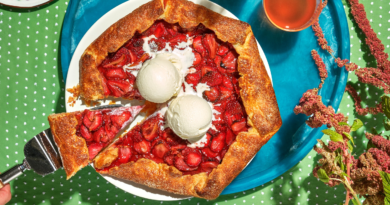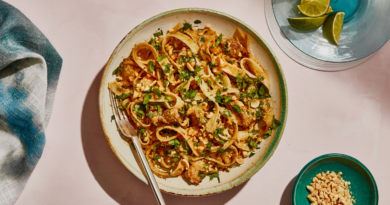Perfect Poached Eggs
You’ve mastered the soft scramble and the soft-boil. You know the secret to lacy-edged fried eggs and easy-peel hard-boiled eggs. Now it’s time to learn the art of the perfect poach. If it’s your first time poaching eggs, let us assure you: It’s much easier than it looks—all it takes is a pot of boiling water, a carton of fresh eggs, and a few smart tricks.
Some recipes will call for you to stir white vinegar into the water to help the whites coalesce, but this isn’t necessary, and there are better ways to set yourself up for success: First, seek out fresh eggs for the best batch (here’s how to tell if an egg is good to use); older eggs are likely to have runnier whites that’ll turn wispy in the water. When your water has reached a rolling boil, crack the egg into a fine mesh strainer set over a small bowl. This will separate the first layer of watery, thin whites from the thicker, jelly-like whites closer to the yolk. Just before lowering the egg into the pot of water, create a gentle whirlpool in the poaching water, which will compel the whites to wrap around the yolk. For even poaching, ensure the eggs are submerged in a few inches of water. A cook time of just 2½ minutes yields poached eggs with set whites and runny yolks. If you prefer firmer yolks, poach the eggs for 4–5 minutes, or until the yolk no longer jiggles when pressed.
You can save weekday morning prep time by poaching a batch on Sunday and stashing the cooked eggs in a bowl of cold water in the fridge for breakfast. Reheat them gently in hot water, then serve. Set your poached eggs on English muffins and drench them in hollandaise sauce to make Eggs Benedict, or perch them atop avocado toast for a restaurant-quality brunch at home.



